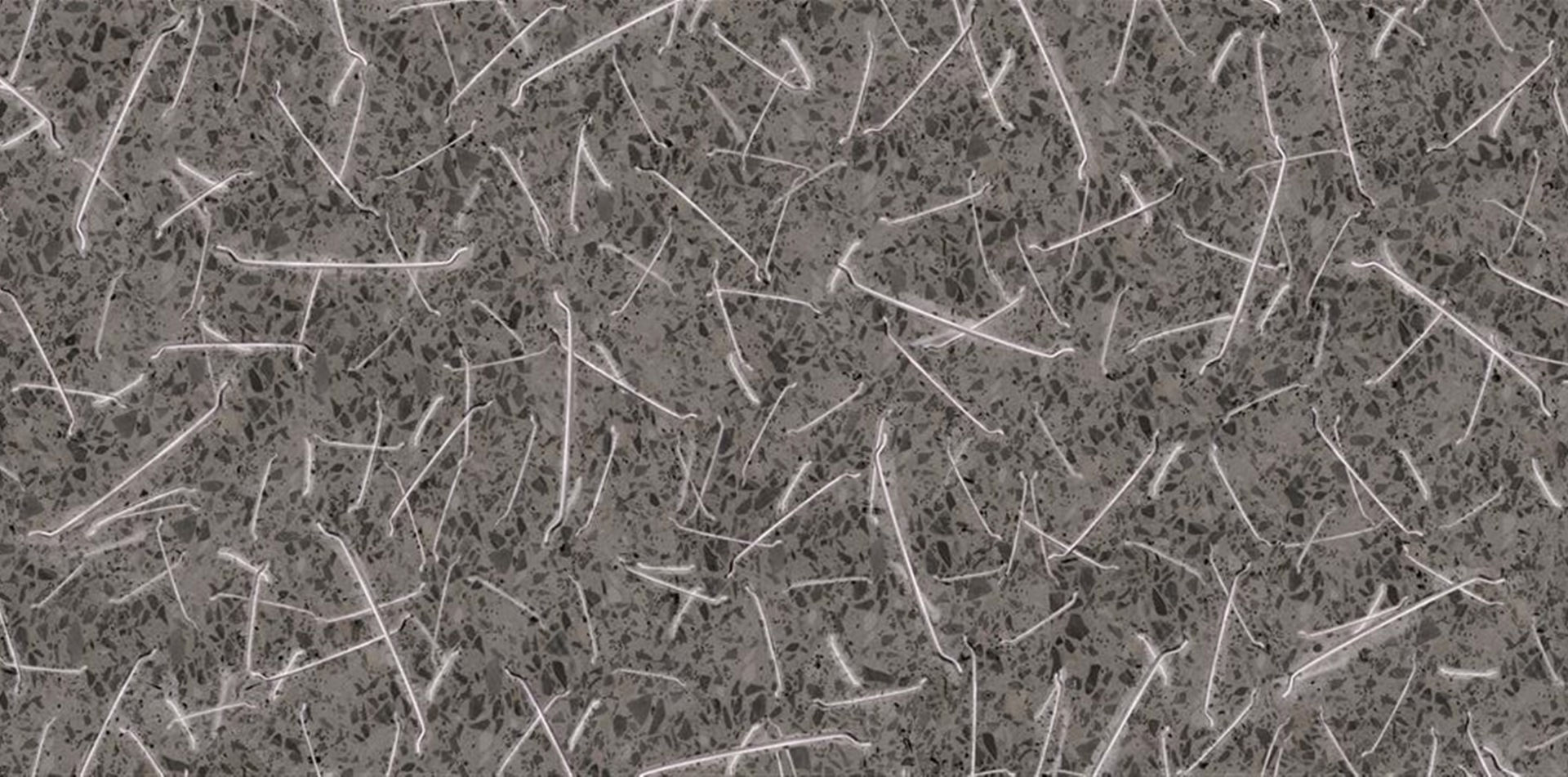
Download
Please provide the following details :
This field is required
This field is required
Please enter valid email (e.g. johnsmith@domain.com)

Please provide the following details :
This field is required
This field is required
Please enter valid email (e.g. johnsmith@domain.com)
Concrete has been shaping the world for centuries, from ancient Roman wonders to modern skyscrapers. But even this enduring material has its limitations - brittleness, low tensile strength, and limited strain capacity. Enter Steel Fiber Reinforced Concrete (SFRC), a game-changing evolution that pushes concrete beyond its traditional boundaries.
Where conventional concrete relies on steel bars or mesh for reinforcement, SFRC takes a different approach - integrating steel fibers directly into the mix. These tiny but mighty fibers are evenly distributed, waiting to spring into action when cracks appear. When this happens, the fibers work together, absorbing stress, bridging cracks, and reinforcing the structure. The result? A stronger, more resilient material that stands up to pressure and wear like never before.
Concrete on its own is strong but brittle, lacking the flexibility to handle tensile tension. This is where steel fibers come in, as they create a reinforcing network throughout the entire structure, not just in localized areas. This unique ability allows SFRC to minimize cracks before they become a problem and significantly improve durability.
Unlike traditional reinforcement methods that require intricate placement and labor-intensive processes, steel fibers simplify construction. This improved efficiency unlocks faster build times, less labor, and a structure that is inherently more resistant to wear and tear.
However, not all steel fibers are created equal. They come in various shapes and sizes, each influencing the concrete’s final properties. The key is finding the right balance - choosing the right fiber type, quantity, and concrete mix to meet specific project needs. When done right, the result is an optimized material that delivers exceptional performance with minimal hassle.
To harness the full potential of SFRC, it’s essential to define clear specifications. By understanding how steel fibers impact concrete properties, specifiers can draft precise, cost-effective requirements that ensure projects achieve the highest standards - without cutting corners.
Factors like shape, length, diameter, and tensile strength play vital roles. The shape of the fiber influences anchorage, while length and diameter significantly impact performance. Generally, a higher length-to-diameter (l/d) ratio indicates enhanced fiber performance.
The form of delivery for steel fibers matters significantly. Longer, thinner fibers perform exceptionally well in concrete. However, the challenge lies in effectively mixing them at higher dosages without complications like balling. Innovative solutions and specific forms of delivery, like glued steel fibers, have been devised to optimize fiber distribution and ensure optimal performance.
Steel fibers come in various categories based on their manufacturing method. These categories include:
• Cold-drawn wire (Group I)
• Cut sheet (Group II)
• Melt-extracted (Group III)
• Shaved cold-drawn wire (Group IV)
• Milled from blocks (Group V)
Notably, the majority of steel fibers utilized globally belong to the cold-drawn wire category (Group I), emphasizing its significance.
Within these categories, factors like shape, length, diameter, and tensile strength play vital roles. The shape of the fiber influences anchorage, while length and diameter significantly impact performance. Generally, a higher length-to-diameter (l/d) ratio indicates enhanced fiber performance.
The form of delivery for steel fibers matters significantly. Longer, thinner fibers perform exceptionally well in concrete. However, the challenge lies in effectively mixing them at higher dosages without complications like balling. Innovative solutions and specific forms of delivery, like glued steel fibers, have been devised to optimize fiber distribution and ensure optimal performance.
SFRC isn’t just an upgrade; it offers a fundamental shift in construction. Its ability to adapt to structural stresses and prevent cracks makes it an ideal choice for precast, flooring, foundations, and beyond. With its resilience and ease of use, SFRC is paving the way for stronger, smarter, and more efficient construction methods. The future is built with stronger constructions, and SFRC is making sure that those structures are reinforced to the highest standards.
Want to take part of that future? Feel free to contact us with your questions about the correct steel fiber to choose for your specific application.